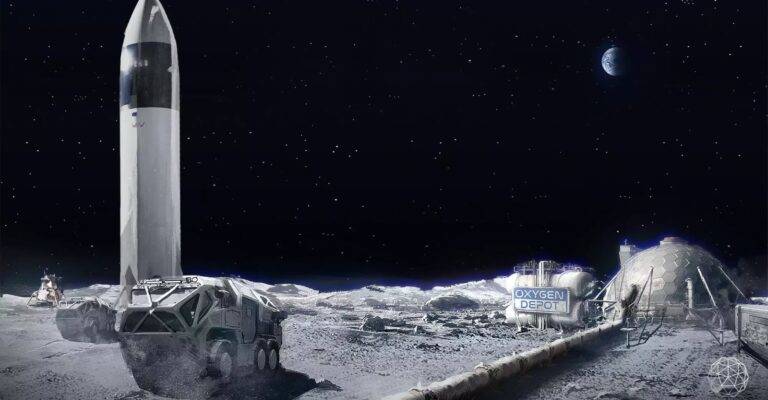Joint project of Israel’s Helios and Florida’s Eta Space aims to enable in-orbit refueling for long-term space missions and even colonization.
By Abigail Klein Leichman, Israel21c
Israeli space-tech company Helios is partnering with Florida-based Eta Space to create and store liquid oxygen on the Moon and on Mars that would enable rockets to refuel in orbit.
The proposal was one of five selected to receive R&D funding associated with the Space Florida-Israel Innovation Partnership Program, founded in 2013 to support research, development, and commercialization of aerospace and technology projects that benefit both Israel and Florida.
As one of the winning teams, Eta Space and Helios will leverage each other’s expertise in cryogenic (Eta Space) and chemical (Helios) engineering to develop an integrated lunar oxygen production and liquefaction plant, a critical step toward realizing the dream of long-term space missions and even future colonization.
Helios, which recently won $6 million in seed funding, was founded in 2018 at an innovation workshop of the Israeli Space Agency.
The company has developed an electrochemical reactor intended to extract oxygen from soil, dust and rocks on the Moon’s surface. For now, the reactor is being tested on our own planet as a cheaper and greener method for extracting iron from iron ore for the steel industry.
“In order to enable the establishment of a permanent lunar base, Helios’ technology is not enough – a whole set of technologies are required to realize the lunar economic value chain,” said Jonathan Geifman, Helios CEO and cofounder.
“This new collaboration with Eta Space will for the first time connect two purely commercial links in the chain – the production and the storage of oxygen – thus making multiple and long-term missions to the Moon closer to being economically viable.”
Eta Space founder and CEO William Notardonato, who worked at NASA for 30 years, explained that “Eta Space would play the important role of liquifying and storing the oxygen produced by the Helios reactor in cryogenic tanks. The two companies complement each other with their mission to reduce costs in space even further, a key step to make beyond Earth presence sustainable.”
